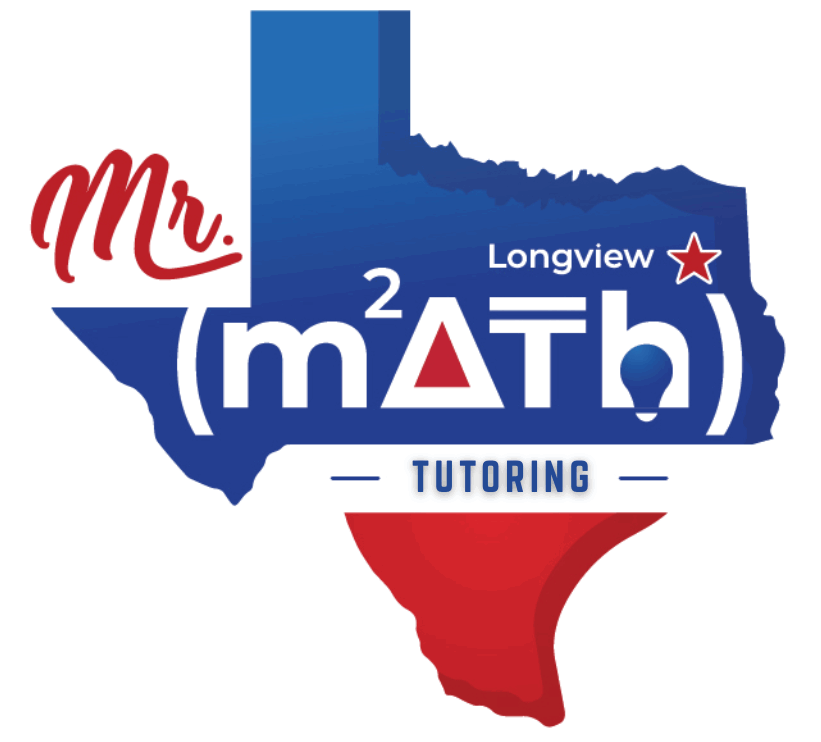Currently Empty: $0.00
About Course
This micro-course focuses exclusively on the Heart of Algebra domain tested on the SAT. Through five targeted topics—covering linear equations, systems, absolute value, graphing, and inequalities—you’ll build procedural fluency and strategic reasoning. Each module combines concise video lessons, guided practice, and real-world word problems to help you master the algebraic skills most frequently tested. By the end, you’ll solve one- and two-variable equations, analyze systems, interpret absolute value, graph lines, and work with inequalities—all with the confidence and speed needed for top SAT scores.
Course Content
1. Linear Equations
-
1.1 Solving One-Variable Equations (One-Step, Two-Step, Multi-Step, Fractions & Decimals)
-
1.2 Variables on Both Sides & Literal Equations (Rearranging Formulas)
-
1.3 Translating Word Problems (Mixture, Rate, Percent, Distance) & Checking Extraneous Solutions




